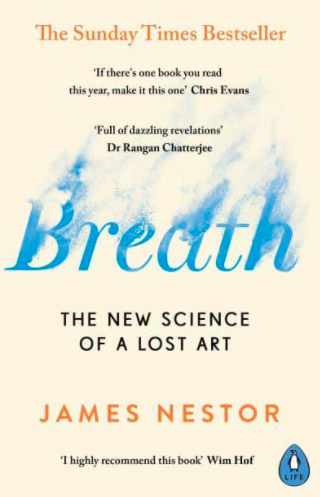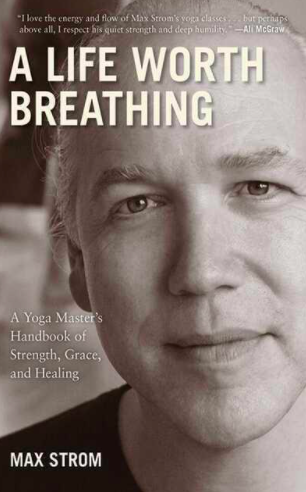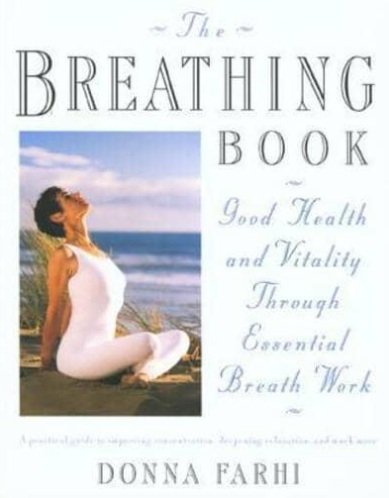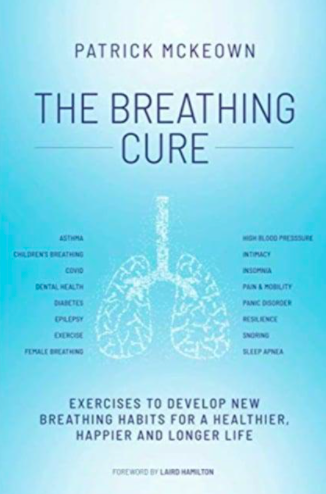Join me on Tuesdays at 19.30 GMT to consciously Breathe, Stretch & Snooze
“Every breath can be a practice. With the inhalation, imagine drawing in pure, cleansing, relaxing energies. And with each exhalation, imagine expelling all obstacles, stress, and negative emotions. This is not something that requires a particular place in which to sit. It can be done when in the car on the way to work, waiting for a stop light, sitting in front of the computer, preparing a meal, cleaning the house, or walking”
Our breath affects and supports every body system. If we have ‘good’ respiration we can have optimal health. There is no one way of breathing and there is no right way to breathe, however there are efficient ways to breathe to support the mind and the body. The majority of us over breathe, consciously breathing encourages our breath to lengthen, so there is a greater chance for the gas exchange to take place in the lung tissue.
Breathing uses chemical and mechanical processes to bring oxygen to every cell of the body and expel carbon dioxide. The respiratory system enables the breath to follow a journey from the outside environment to the lungs where gas exchange takes place and continues within the cells. Efficient breathing strengthens our lungs, increases our lung capacity, results in a healthier heart and a stronger diaphragm, calms the nervous system and lowers stress, blood pressure and heart rate to support better sleep.
The most efficient way to breathe is through our nose, our mouths are there for when we need them, when we’re talking, eating or have a blocked nose due to a cold or allergy. The blood vessels in the nose warm our breath as we inhale, so the air is ready for our lungs to receive; the hairs in our nose (cilia) filter the air to remove harmful pollutants and particles; and we now know that nasal breathing helps to produce nitric oxide which has antiviral and antibacterial qualities, cleansing the air as we take an inhalation. There are also breathing techniques and pranayama where you inhale and/or exhale through the mouth.
“......the nose is the silent warrior: the gatekeeper of our bodies, pharmacist to our minds, and weather vane to our emotions.”
Breathing is a function we can control. Slowing our breath and consciously breathing allows us to access the autonomic nervous system. The autonomic nervous system is the branch of the nervous system that carries out the vital functions of the heart, lungs, circulatory system, and endocrine system (a system of glands that make hormones used to control mood, metabolism, organs, reproduction, growth & development).
The autonomic nervous system splits into two parts - the parasympathetic nervous system (rest & digest) and the sympathetic nervous system (active but also know as fright & flight). The active / fright & flight side is linked to stress. Whilst it often supports us to protect ourselves and be alert, if it is ‘switched on’ continuously through stress or trauma it disrupts the respiratory, cardiovascular, endocrine, gastrointestinal, immune and lymphatic systems. Slowing our breath down enables us to control and communicate with the rest & digest side, therefore enabling us to regulate and support the heart, lungs, circulatory system and endocrine system.
The endocrine system is like a control system for the body. Glands (i.e thyroid) and organs (i.e pancreas) send chemical messengers (hormones) into the blood stream to create balance (homeostasis) in the body. The brain controls the release of hormones and these hormones regulate sleep patterns, fear, anger, thirst, hunger, blood sugar levels, blood pressure and our ability to process & digest food. Stress affects whether our body and its systems can find balance. Stress can be caused by external environmental factors as well as internal or emotional factors. Through controlling our breath we can slow down the release of the hormone cortisol (often known as the stress hormone) and as a result influence the endocrine system and support a stable hormone system.
The lymphatic system is a network of tissues and organs that help rid the body of toxins, waste and other unwanted materials. The primary function of the lymphatic system is to transport lymph, a fluid containing infection-fighting white blood cells, throughout the body. The breath rhythmically squeezes and releases, like a pumping motion, supporting the lymph through the abdominal organs which helps eliminate toxins, improve metabolism, assist the intestinal lymph nodes to absorb fat, and also boosts the body’s immune system. Diaphragmatic breathing massages our internal organs - the stomach, small intestine, liver, pancreas as well as the heart which also supports the elimination of toxins.
Endorphins are released when we breathe deeply and this helps enhance our mood. Oxygenation of the brain relieves anxiety, increases circulation, increases muscular relaxation. The stomach receives better oxygenation with deep breathing which allows for better digestion and the assimilation of nutrients. Deep belly breathing helps regulate our hormonal (endocrine) system which helps regulate the digestive system.
In yoga, our breath is often described as ‘prana’, life force or the vital force. Breathing is the main form of pranic activity in the body. The main way to work with prana, is through pranayama (breathing techniques and exercises). If we can learn to control and manipulate our breath, we can control and manipulate our mind, overall health and wellbeing.
Our emotions are connected to our breath. When we are stressed our bodies are tense and tight; when we are happy our bodies relax; when we sob, our lungs vibrate echoing our emotions. Both physical and emotional pain can be reduced and managed through breathing techniques. However, deep breathing can make us feel vulnerable, the chest is the home to the lungs and the heart, where our emotions are stored. So ensure when you take time to breathe you feel comfortable and at ease in a safe place. Taking time to practice breathing techniques is important; gradually increasing the frequency or length of time we practice, allows us to process thoughts and feelings as they arise.
“Breathing practices can change your life because they change your behaviour and even the choices you make and that affects all of your relationships and can alter the course of your destiny”
If you would like further reading on the breath, I can highly recommend the following books:




